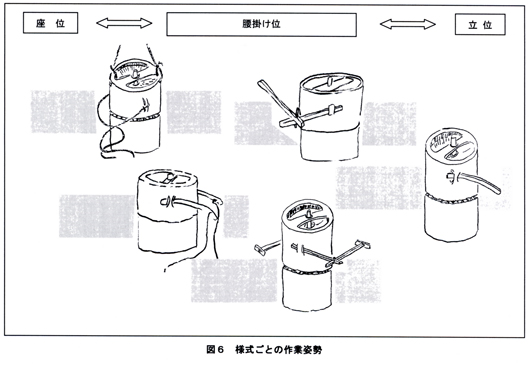- Home
- > Study Groups and their Achievements
- > Group 2: Overview of Arrangement and Systematization of Physical Techniques and Sensibility
- > Task 2
Study Groups and Achievements
Arrangement and Systematization of Physical Techniques and Sensibility
Task 2: Analysis of the Relationship between Tools and Human Movement
- Research Process
- │
- Research Results
We assume that cultural differences between West and East Japan, which have been researchers’ focus of attention since the early modern period, stem from ethnic distribution. We looked into the distribution of wooden mortars throughout the country in order to prove this hypothesis by reconstructing the ethnic distribution of ancient Japan based on differences in techniques of body and senses. We made field trips to 90 places including Aomori, Iwate and Miyagi over the period of 39 days in 2003; 126 including Akita, Yamagata and Fukushima over 49 days in 2004; 171 places in the Chubu region over 54 days in 2005; and another 27 places in Chubu over 16 days in 2006. Traditional plows were often found to be stored in these locations. Thus, we decided to expand on the study of the folk implement one of the group members had been working on and launched a comparative study of traditional plows to systematize the folk implement as nonwritten cultural material. By this study, we aimed to restore the ancient history of each region by examining traditional plows, which became our second objective.

